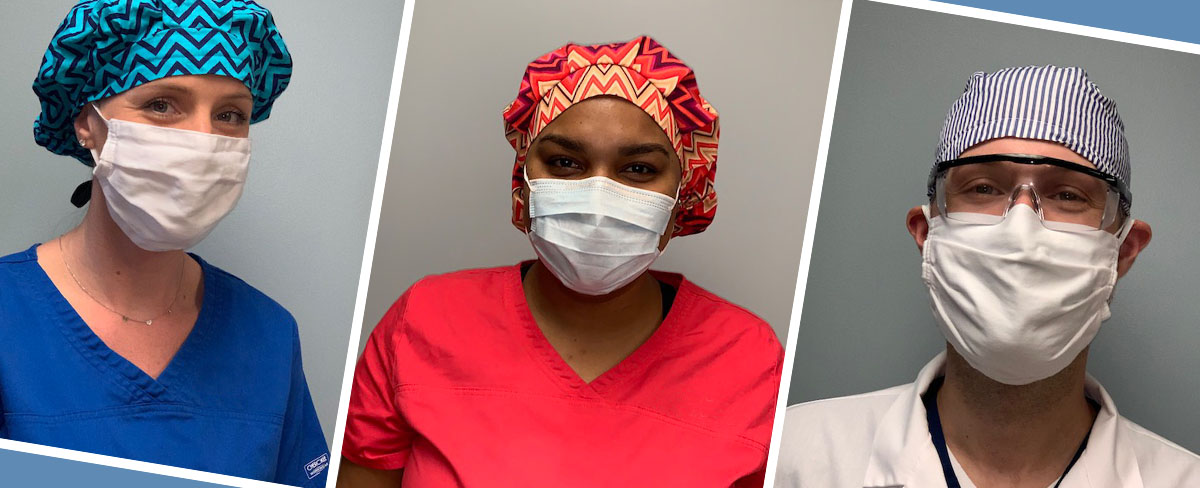To Mask or Not to Mask: When, Why and How
To mask or not to mask has been one of the big questions of 2020. As a physician, I can tell you that the proper use of a face mask can in fact help to reduce the spread of COVID-19 and other illnesses, such as the seasonal flu. Here, we explore the different types of protective face masks, and discuss when and how you should wear them.
When to Mask
We recommend that you wear a mask whenever you are out in public and close (less than six feet) to other people, whether you are indoors or out. This is for your protection as well as the safety of those around you. Many towns and businesses now require masks. All the staff in our office wear masks, and we require that all patients and visitors to our office do the same.
When you are alone or with those in your household, it’s not necessary to wear a mask. For example, if you and your spouse are going for a walk, it’s not necessary to wear a mask unless you are walking with or near a group of other people. Babies and children under two years of age should not wear a mask, nor should people, particularly seniors, with breathing issues. For these individuals, it’s best to avoid contact with others outside their household to the extent possible.
How to Mask
Masks should fit snugly but comfortably and cover your nose, mouth and chin. Pulling the mask down below your nose does not offer nearly as much protection.
Ideally, you should avoid touching your mask. Put it on using the bands or ties only, and avoid touching the mask itself. Remove it the same way. Because the outside of the mask may have been exposed to viruses, you want to avoid touching it to avoid contaminating your hands. That’s also why we advise that you avoid touching your face. It’s also why you don’t want to slide the mask up and down on your face.
When you are not wearing your mask, be sure to create a designated spot to put it in between activities. For instance, if you wear a mask at work and remove it for lunch, have a specific spot where you always put your mask, such as a small open box. Similarly, if you remove your mask in the car, have a place to put it. Remember, the outside of your mask may have been exposed to viruses, so you want to make sure it is placed in an appropriate location, not swinging from the rear-view mirror of your car.
Types of Masks
There are a variety of different masks that are appropriate for different scenarios:
- N95 respirators are designated for health care workers who are at high risk of contracting the virus due to their work. They must have a fit test to ensure a tight seal.

- Procedural and surgical masks, like the ones our staff wear, are also reserved for health care workers. In our practice, each staff member has a different mask for each day of the week.
- Paper or cloth masks are what everyone else should wear when out in public. If you come to our office and don’t have your own mask, we will provide you with a paper or cloth mask. Paper masks should be discarded after each use. Cloth masks should be laundered daily. As an extra layer of protection for you, our clinical staff wear cloth masks over their surgical masks while providing treatment; in other words, our clinical staff are double-masked when taking care of patients.
When deciding to mask or not to mask, we suggest erring on the side of caution. For more information about why, how and when to mask, the CDC website offers current information and recommendations.
For our part, we are taking our safety precautions very seriously, and continuously monitoring the latest best practices. If you have any questions about what to expect during your appointment, we encourage you to give us a call.

